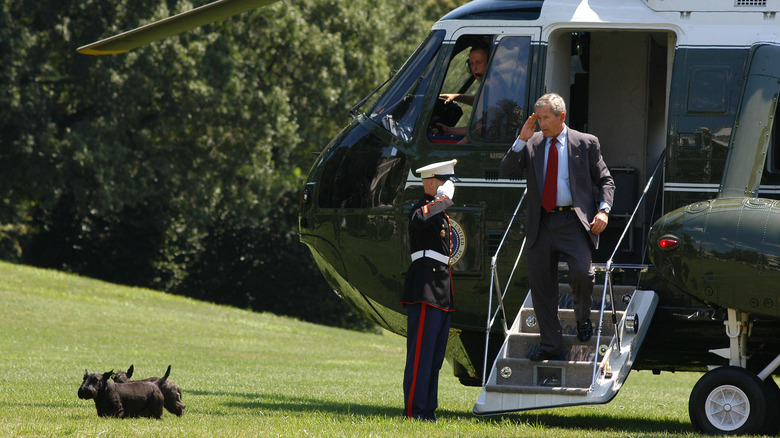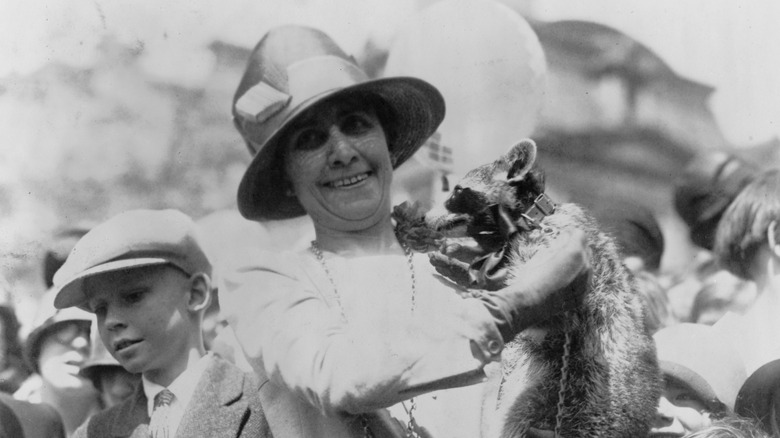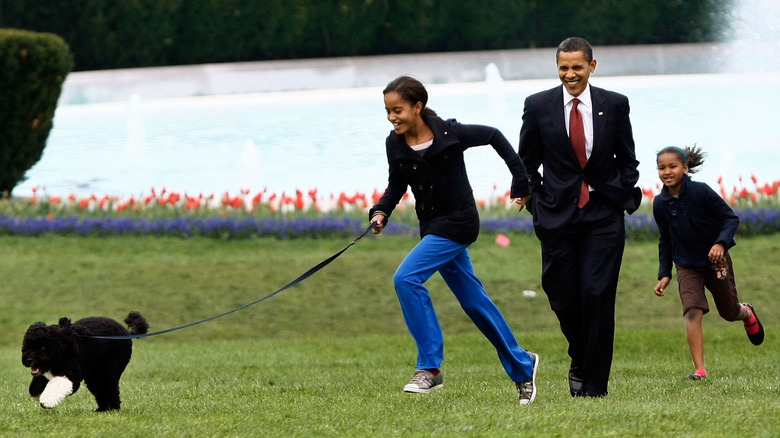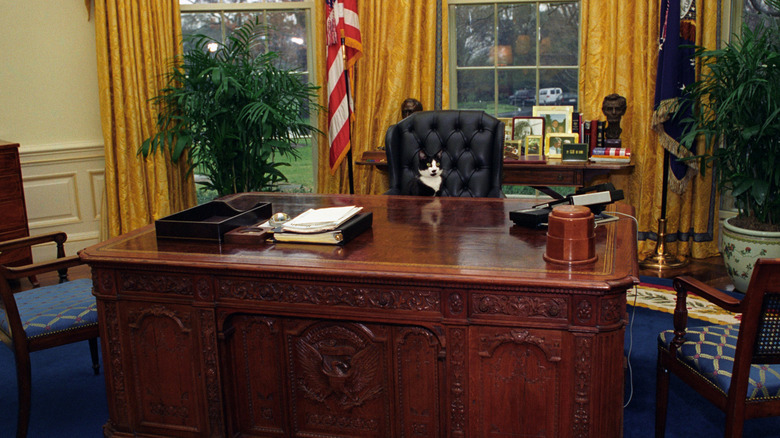Do Presidential Pets Get Special Privileges? What Their Life In The White House Is Really Like
Horses in the stables, a raccoon on a leash, and a dog with its own video series— presidential pets have come a long way since the early days of the White House. More than just quirky footnotes in history, first pets have grown into symbols of comfort, relatability, and, occasionally, luxury.
The tradition of White House pets began with practical animals like John Adams' horses, which were necessary for transportation. As society evolved, so did the role of presidential animal companions. By the time Franklin D. Roosevelt's beloved Scottish terrier, Fala, came onto the scene, pets had transitioned into true members of the first family, complete with their own privileges.
But what exactly are those privileges? Whether it's starring in official White House media, traveling on Air Force One, or receiving bespoke accommodations, these pets enjoy a life that most animals (and humans) could only dream of. And while their perks differ from one administration to the next, they all share one thing in common: life as a presidential pet and all the extraordinary honors it bestows.
Some of the most pampered presidential pets from history
While every presidential pet enjoys a life of privilege, a select few stand out for their extraordinary treatment. These animals didn't just live in the White House, but also thrived as beloved companions, media stars, and symbols of presidential warmth. Take Fala; not only did he travel alongside the president, but he also became a morale booster during World War II, appearing in public campaigns and receiving his own fan mail, handled by dedicated staff. Fala's fame was so great that he remains one of the most recognized presidential pets in history.
Rebecca the Raccoon, Calvin Coolidge's unconventional pet, was another standout. Originally intended as a Thanksgiving meal — a tradition in parts of the 1920s rural South — Rebecca instead became a cherished member of the Coolidge household, complete with a custom collar and leash. She roamed the White House grounds freely and enjoyed time in the presidential bathtub while playing with a cake of soap. You might say, in today's parlance, that her antics went viral.
Modern presidential pets that have enjoyed the spotlight
Bo and Sunny, Barack Obama's Portuguese water dogs, were fixtures in the Obama White House. Bo, a gift to the Obama daughters following their father's 2008 election win, and Sunny, who joined in 2013, often appeared in family photos and holiday cards. Bo even had a cameo in White House-produced videos, symbolizing joy and unity during the presidency. The dogs enjoyed such privileges as trips to PetSmart in the presidential motorcade and helicopter flights to Martha's Vineyard.
More recently, Commander (a prime patriotic dog name), Joe Biden's German shepherd — known for biting Secret Service agents — was a visible presence at 1600 Pennsylvania Avenue. Along with Willow Biden, the adorable first cat who ruled over the White House's South Portico solarium, Commander reflected a return to the tradition of presidential animal companions after a rare absence during the first Trump administration (the first in 100 years to enter the White House without pets.)
Why presidential pets matter
Presidential pets play a unique role in shaping how the public views the White House. At a time when the presidency can feel distant or intimidating, pets provide a relatable, humanizing touch. They remind people that even the leader of the free world takes joy in walking a dog or playing with a cat. This connection has often been carefully cultivated. Franklin D. Roosevelt's Fala became a symbol of wartime resilience, while Millie, George H. W. Bush's Springer spaniel, was the "author" of a bestselling children's book, proceeds from which supported literacy charities.
Pets have also highlighted presidents' personalities. Lyndon B. Johnson's beagles, Him and Her, were Oval Office mainstays, while John F. Kennedy's diverse menagerie — including Pushinka, a small mixed-breed dog gifted by Soviet Premier Nikita Khrushchev — reflected a penchant for charm and diplomacy. She joyfully shared the presidential grounds with Charlie, a Welsh terrier, among other creatures such as ponies, hamsters, parakeets, cats, and more.
Ultimately, the first dogs of the White House and other presidential pets embody the humanity of the presidency, offering comfort in stressful times and reflecting the values of the families who care for them. In this way, they serve as both tight-lipped confidantes and unsullied ambassadors, bridging the gap between the White House and the world beyond its gates.



